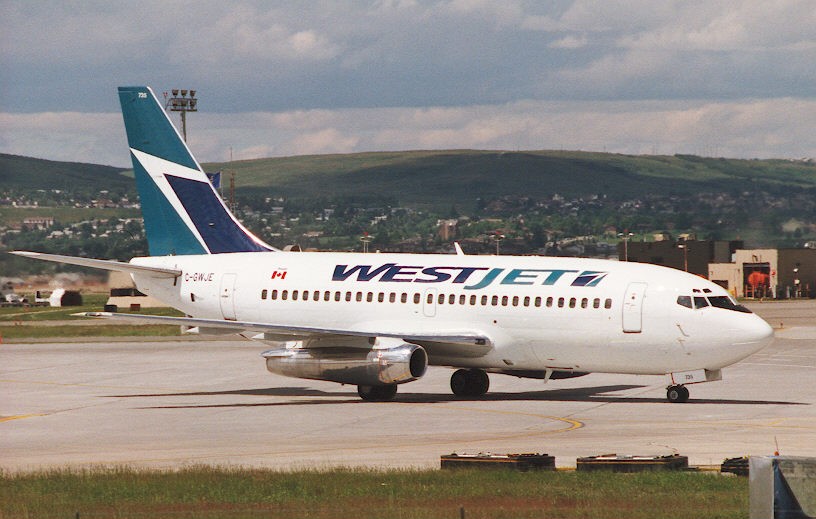Marketers were faced with a huge challenge when ad-blockers began gaining popularity. Some consider it as a huge obstacle that will only continue to grow, while others welcome the creative challenge. Ad-blockers were first adopted by the masses in 2014 with more than 15% of U.S internet users using an ad-blocking service. This number jumped 26% in 2016, and is expected to grow to a third of all internet users by 2017. Clearly a growing threat to their trade, digital marketers need to adapt and learn how to work aground this growing trend.

Marketers are mainly looking at this challenge from two separate points of view, one that is shared with eMarketer senior analyst Paul Verna who believes that “Ad blocking is a detriment to the entire advertising ecosystem”. On the other hand, Ben Kunz; vp of strategic planning at Mediassociates has even gone to say that “Ad blocking could be the best thing that has happened to the ad industry in years.” Regardless of how you look at it, ad-blockers aren’t going away and digital marketers will face a challenge, but how so?
To begin, it is important to note that ad blocking software’s often prevent the browser from requesting the ad, meaning if an ad is blocked it won’t cost the advertiser anything. However, as impressions become increasingly more difficult to generate, campaigns will take longer to complete and will inevitably inflate the price for most digital advertising. In turn this will push marketers to create content that is more relevant, original and engaging for the consumers. Other new strategies include native advertising and the overall streamlining of the media.
What is native advertising? – https://sharethrough.com/nativeadvertising/
Ad blockers were nothing short of an eye opener for the digital marketing world, and have served as a catalyst for change. Marketers will be forced to adapt to the ever changing environment around them, changing their strategies, upping their creativity and exploring new techniques to attract consumers.
Ben Kunz on ad blockers – http://digiday.com/agencies/ad-blocking-may-save-digital-marketing/
Social Times article on the rise of ad-blocking – http://www.adweek.com/socialtimes/the-rise-of-ad-blocking-is-changing-digital-marketing-report/641940
Bizibl marketing on how ad-blocking affects marketers – http://bizibl.com/marketing/blog/how-does-ad-blocking-affect-marketers











